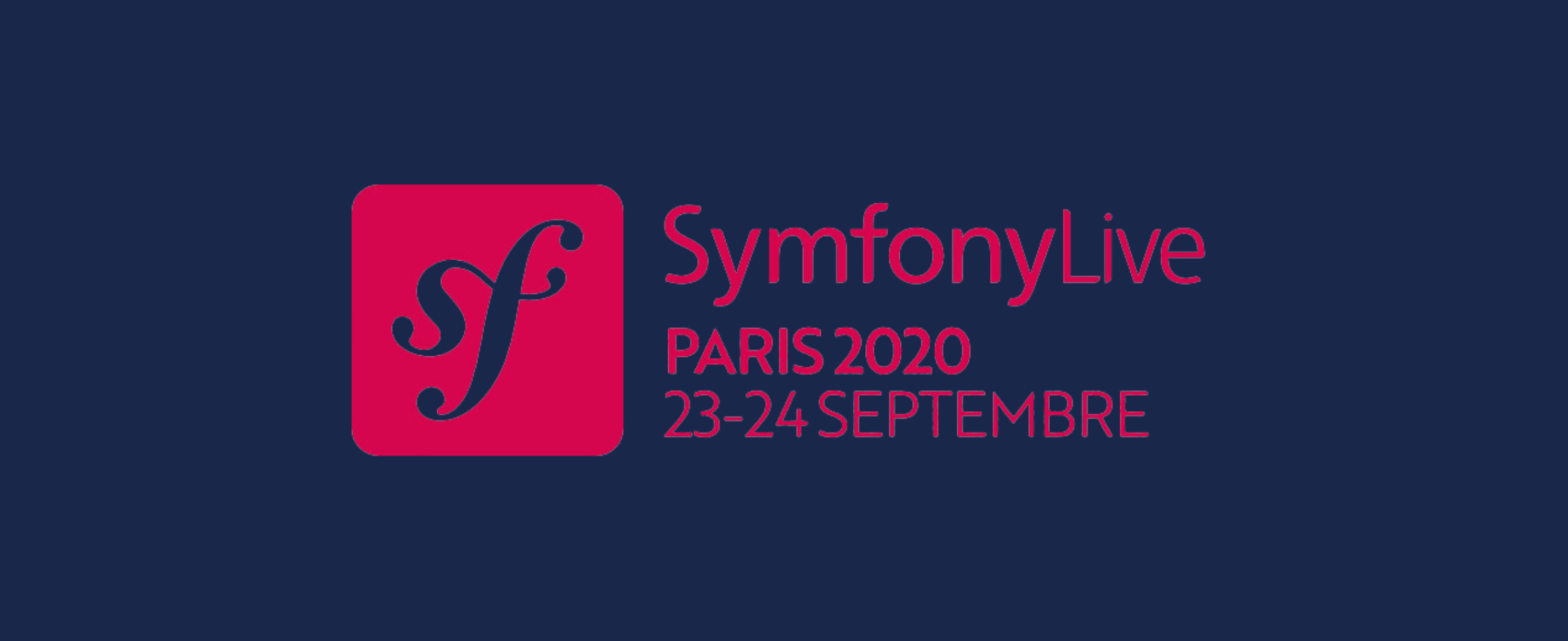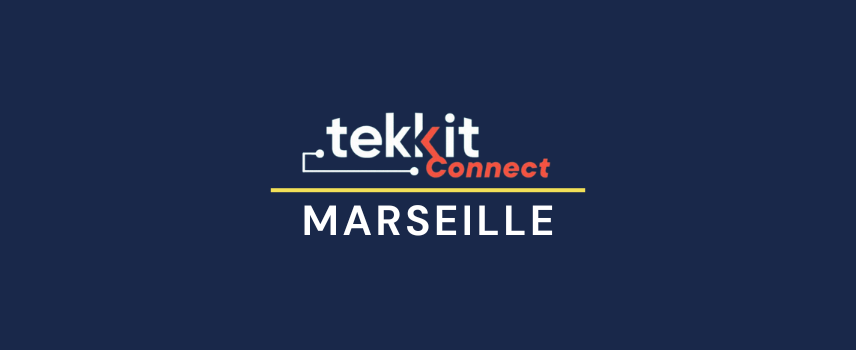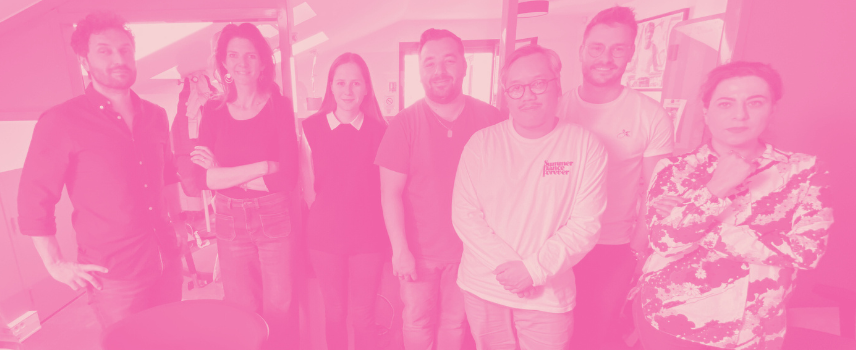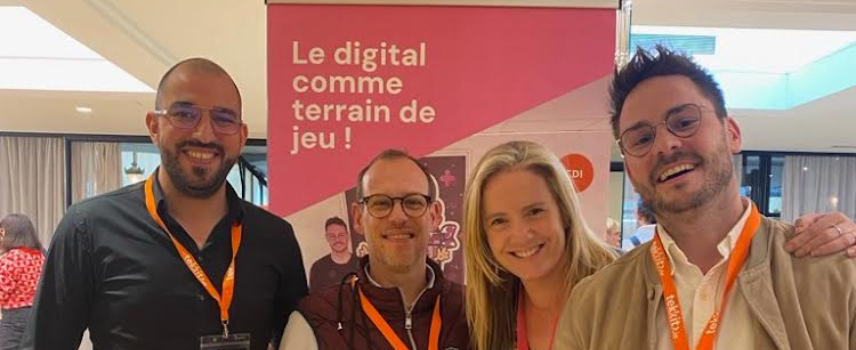Symfony Live 2020

A look back at Symfony Live 2020 in which three of our consultants participated. They share their opinions on the conferences and the links to watch them.
1. Antoine – solutions architecture
2020 is a year strongly marked by the health crisis, all events are suffering, and the great mass of the most used PHP framework is no exception to the rule. Indeed, after a postponement of the session initially scheduled for the end of March, we are very lucky to have been able to attend the Symfony Live 2020 end of September.
After the usual Introductory keynote de Fabien Potencier, CTO at Symfony and creator of the framework, I was able to attend numerous technical conferences, presented by masked speakers. Presentations of the new features arriving with the very recent version 5 (cuckoo notify, lock, semaphores) to the news of PHP 8 (JIT), there are numerous upgrades and that’s so much the better! Despite its 10 years of existence, the framework still manages to offer us new things to respond to increasingly greater technical challenges (asynchronous, microservices, cloud, etc.).
Concerning me, it was especially the architecture conferences that I liked, in particular the excellent “Modular monoliths”(De Timothy Barray), a very hexagonale of the classic monolith. This gives us a reflection on the overhaul of a somewhat problematic legacy, where in the end each module of the project becomes a micro-service independent of the rest. All while respecting the principles SOLID with completely decoupled read/write requests (CQRS). This gives more concrete ideas than a boring listing of a changelog accessible on the internet, which was the case for certain conferences… (Luckily, these latter were rare).
In summary, a special edition, under the sign of coronavirus, but as usual very rich in information and well organized.
As a bonus, and if you want to know more, here is the link to the slides.
2. Quentin – micro-services architecture
2020 year of the mask and year of my first Symfony Live, necessarily in a slightly different atmosphere from what it must be in other years, but always unmissable for discovering and learning about the framework. Few conferences, only one program requires, but they have the advantage of being of quality and for some really interesting, bringing new ideas or feedback that can benefit many of us.
If I had to choose two I would choose, like Antoine, the conference on “Modular monolith” by Timothée Barray, as well as the Migrate to “a micro-services architecture” by Alexandre Salomé.
These two conferences represent today's dev world well in the sense that there are always several ways to do something and the only good solution is the one we choose and which works for us. Here, the two conferences talk to us about transforming a legacy application, with an obsolete architecture, into a new architecture.
We draw a parallel between micro-services, or create a “mini-app” per function of the basic legacy application. And the modular monolith, i.e. keep a single application but divide it into modules, similar to micro-services, with limited ability to communicate with each other.
The two feedbacks were very interesting and allow us to have possible options and their applications in our head, if this scenario were to happen to us.
3. Maxime – Symfony’s Semaphore and Lock components
I had the chance this year to participate in SFlive, despite the special circumstances of this year, it was a successful event with lots of very interesting conferences.
For me there was no “favorite” conference but the ones that I remember the most are the “keynote” by Fabien Potencier and the conference of Jérémy Derusssé “Lock and Semaphore: the guardians of your resources“. These two conferences present the future of symfony. Indeed, it was during these that we were presented with the new Symfony components such as Semaphore and Lock but also the major updates to old components like Translation and Form.
These talks are for me the whole point of going to SFlive, that is to say having a preview of the presentations of the future elements of my work tool.


